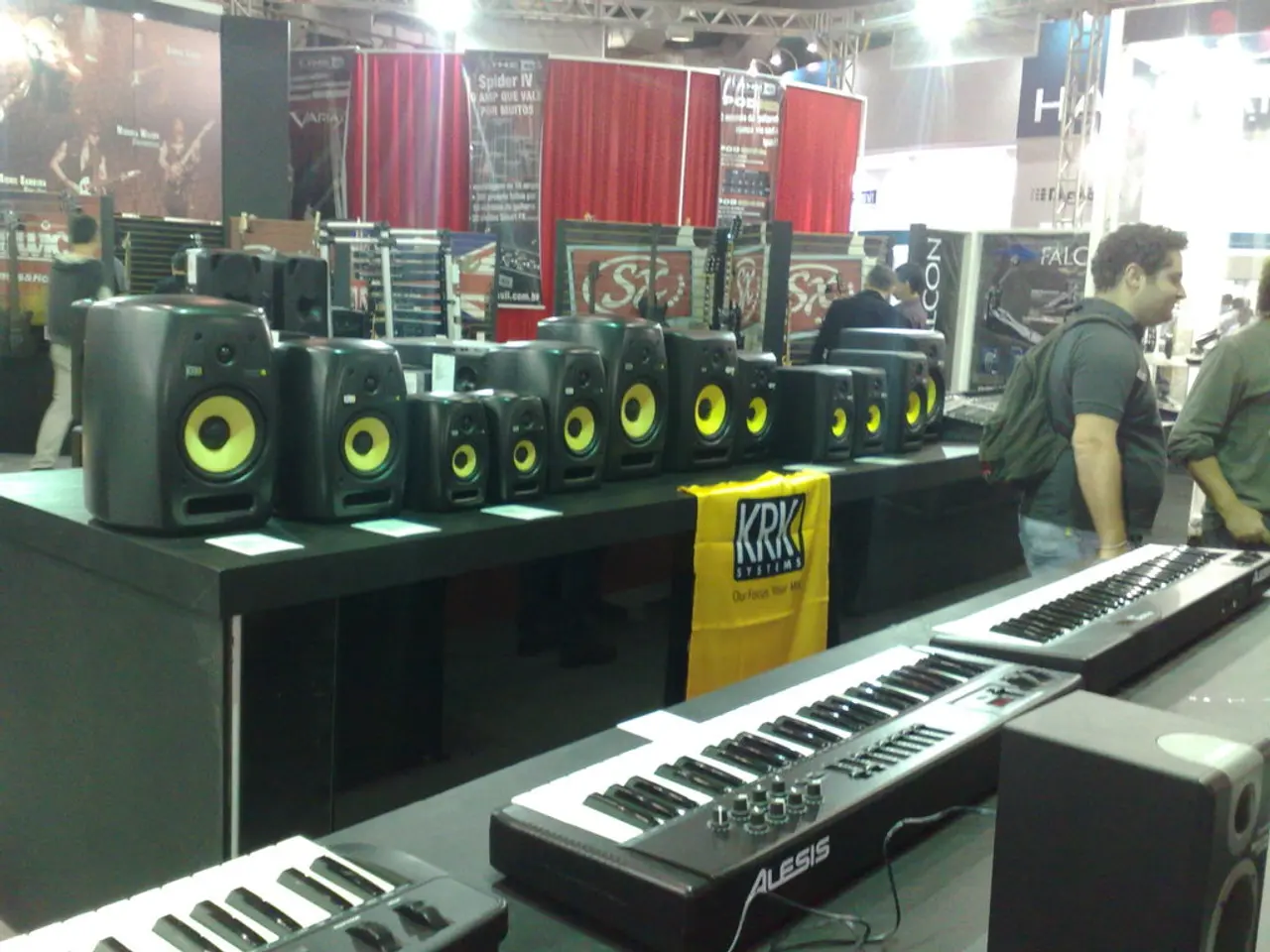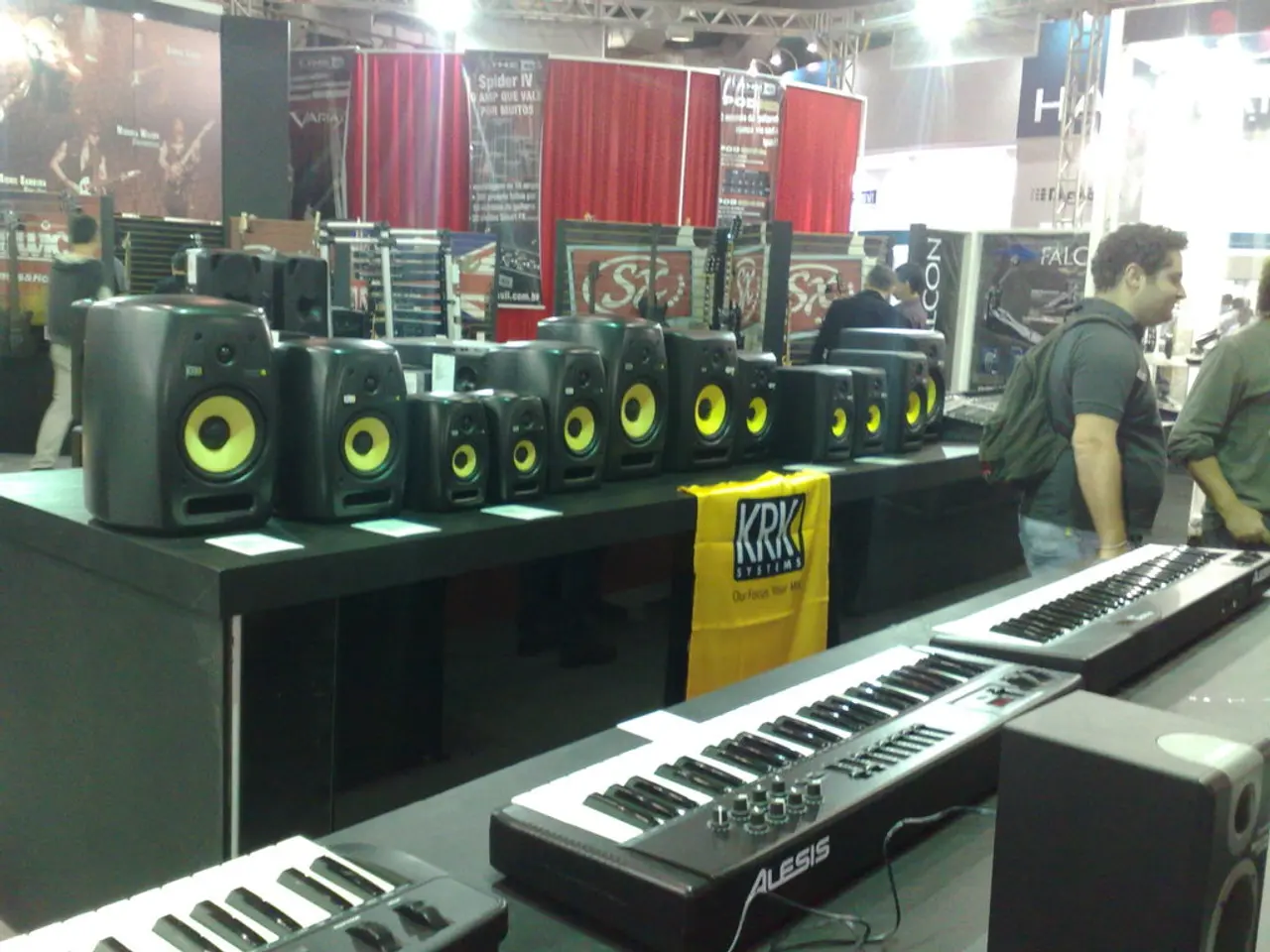Casinos' Blue Lighting May Affect Gambling Risk-Taking Activities, According to Researchers
In a groundbreaking study conducted by scientists at the Flinders Health and Medical Research Institute (FHMRI) in South Australia, it was found that dimming the blue in casino lights and machines could potentially promote safer gambling behaviours. The study, published in Scientific Reports on June 23, 2025, monitored 15 young, healthy adults aged 18 to 27 years, with 10 women and five men.
Casinos are known for creating environments that encourage play, with windowless facilities and cooler air temperatures to keep gamblers awake. An abundance of blue can be noticed on slot machine displays, cashier kiosks, and tabletops in casinos. The Flinders study suggests that this blue lighting could be influencing how people perceive "losses and gains."
In each session, the participants were asked to choose between a risky gamble of a positive and negative outcome, or a less risky guaranteed outcome. The study found that under blue-enriched light, people demonstrated a reduced sensitivity to financial losses, potentially encouraging riskier behaviours. On the other hand, when in a blue-depleted environment, the less-risky guaranteed outcome was more frequently chosen.
The study's lead author is Dr. Alicia Lander. The ethical implications of casinos using blue lighting to encourage risk-taking involve concerns about manipulation and potentially exploiting gamblers' psychological vulnerabilities. The Flinders team behind the blue gaming research raised ethical and responsibility questions about their findings.
From an ethical standpoint, deliberately using environmental cues like blue lighting to foster increased risk-taking raises issues because it may impair gamblers' ability to make fully informed, rational decisions by altering their risk perception subconsciously. This can contribute to problematic gambling behaviour, potentially exacerbating gambling addiction and financial harm.
Key ethical concerns include informed consent and transparency, exploitation of cognitive biases, responsibility for harm, regulatory and consumer protection. Casinos using such methods may partly bear moral responsibility for gambling-related harms caused or worsened by environmental manipulation. There may be a need for regulatory guidelines restricting use of lighting or other subtle manipulations that encourage excessive risk-taking.
However, it's important to note that a common myth is that casinos pump in oxygen, but this has been dispelled. The study's findings could potentially be used by casinos to encourage more play, but the ethical questions surrounding this practice touch on core concerns about responsible gambling and consumer rights. As Sean Cain of FHMRI stated, under light with more blue wavelengths, people may be less able to accurately judge risk and reward due to a decreased cognitive sensitivity to loss.
- While casinos typically employ a cooler atmosphere and abundant blue lighting, the study at Flinders Health and Medical Research Institute suggests this blue lighting could influence perceptions of "losses and gains."
- In the Flinders study, participants demonstrated a reduced sensitivity to financial losses under blue-enriched light, potentially promoting riskier behaviors.
- When the environment was blue-depleted, participants more frequently chose the less-risky, guaranteed outcome.
- The ethics of using blue lighting to encourage increased risk-taking raise concerns because it may impair gamblers' ability to make fully informed decisions.
- This subconscious alteration of risk perception can contribute to problematic gambling behaviors, potentially exacerbating gambling addiction and financial harm.
- Key ethical concerns include informed consent, transparency, exploitation of cognitive biases, responsibility for harm, regulatory and consumer protection in relation to casino practices.
- Casinos using blue lighting to encourage risk-taking may bear some moral responsibility for gambling-related harms caused or worsened by environmental manipulation.
- Regulatory guidelines restricting the use of lighting or other subtle manipulations that encourage excessive risk-taking may be necessary to ensure responsible gambling and consumer rights.
- The study's findings could potentially be misused by casinos to encourage more play, prompting greater scrutiny and discussion about the role of technology in casino-and-gambling culture.
- As the study progresses, research into color and its influence on risk-taking, mental-health, health-and-wellness, and problem gambling continues to be crucial in implementing appropriate therapies-and-treatments and responsible gaming measures.
- In the ever-evolving casino-and-gambling landscape, understanding the impact of environmental factors on gambling trends and casino culture will play a significant role in fostering a safer gaming environment for all patrons.




